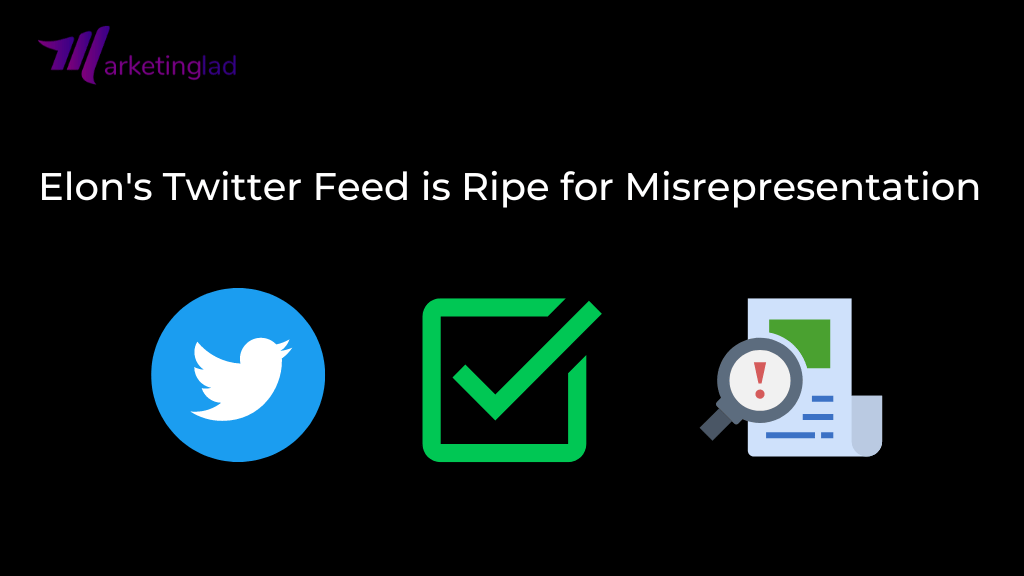As digital technologies make the battle against false information even more difficult for troubled social media giants in the future, seeing may no longer be believing. Volodymyr Zelenskyy, the president of Ukraine, appears to order his people to submit to Russia in a blurry video. Zelenskyy swiftly exposed the video as a deep fake, an artificial intelligence (AI)-generated digital facsimile that mimicked his speech and facial mannerisms.
Forgeries of this kind are simply the tip of what is probably a much larger iceberg. A race to develop artificial intelligence (AI) models that can successfully deceive internet audiences is currently ongoing, and other models are being built to detect the potentially misleading or deceptive information produced by these same algorithms.
One model, called Grover, is created to distinguish between news texts written by a person and articles produced by AI in response to the growing worry surrounding AI text plagiarism.
The defenses that platforms put in place to combat online deceit and misinformation are being chipped away as it becomes more prevalent. Since Elon Musk took control of Twitter, he has destroyed the platform’s online safety division, which has led to a resurgence of false information.
Like many others, Musk seeks technology solutions to address his issues. He has already hinted that he intends to increase the use of AI in Twitter’s content management. However, this is neither scalable nor sustainable, and it is unlikely to be the magic solution.
Although news sites’ automated decision-making processes still allow for some human input, algorithms are mostly responsible for what appears in news feeds. The blocking of offensive or unlawful content is facilitated by similar tools.
Beyond its faults, there are fundamental concerns regarding whether these algorithms benefit or harm society. By personalizing news to readers’ interests, technology can increase audience engagement. But in order to do so, algorithms ingest a wealth of private information that frequently amasses without a user’s full knowledge.
Knowing the specifics of an algorithm’s operation is necessary because doing so involves “opening the black box.”
But in many circumstances, understanding an algorithmic system’s inner workings would still leave us lacking, especially without understanding the data, user behaviors, and cultural underpinnings of these vast systems.
Researchers Bernhard Rieder of the University of Amsterdam and Jeanette Hofmann of the Berlin Social Science Centre have proposed that viewing automated systems from the standpoint of users may help researchers better comprehend them.

A number of language and media-generating models backed by AI hit the mainstream last year. These “foundational” AI models can be tailored to certain tasks after being trained on hundreds of millions of data points (such as photographs and words). For instance, DALL-E 2 is a program that links photos to their text descriptions after being trained on millions of annotated photographs.
Scholars of misinformation are also concerned about the potential to produce text or images that appear realistic on a large scale since these replications can be persuasive, especially as technology develops and more data is put into the machine. If platforms want to stop the AI-fueled arms race in digital deception, they must be sophisticated and nuanced in how they handle these more potent tools.





